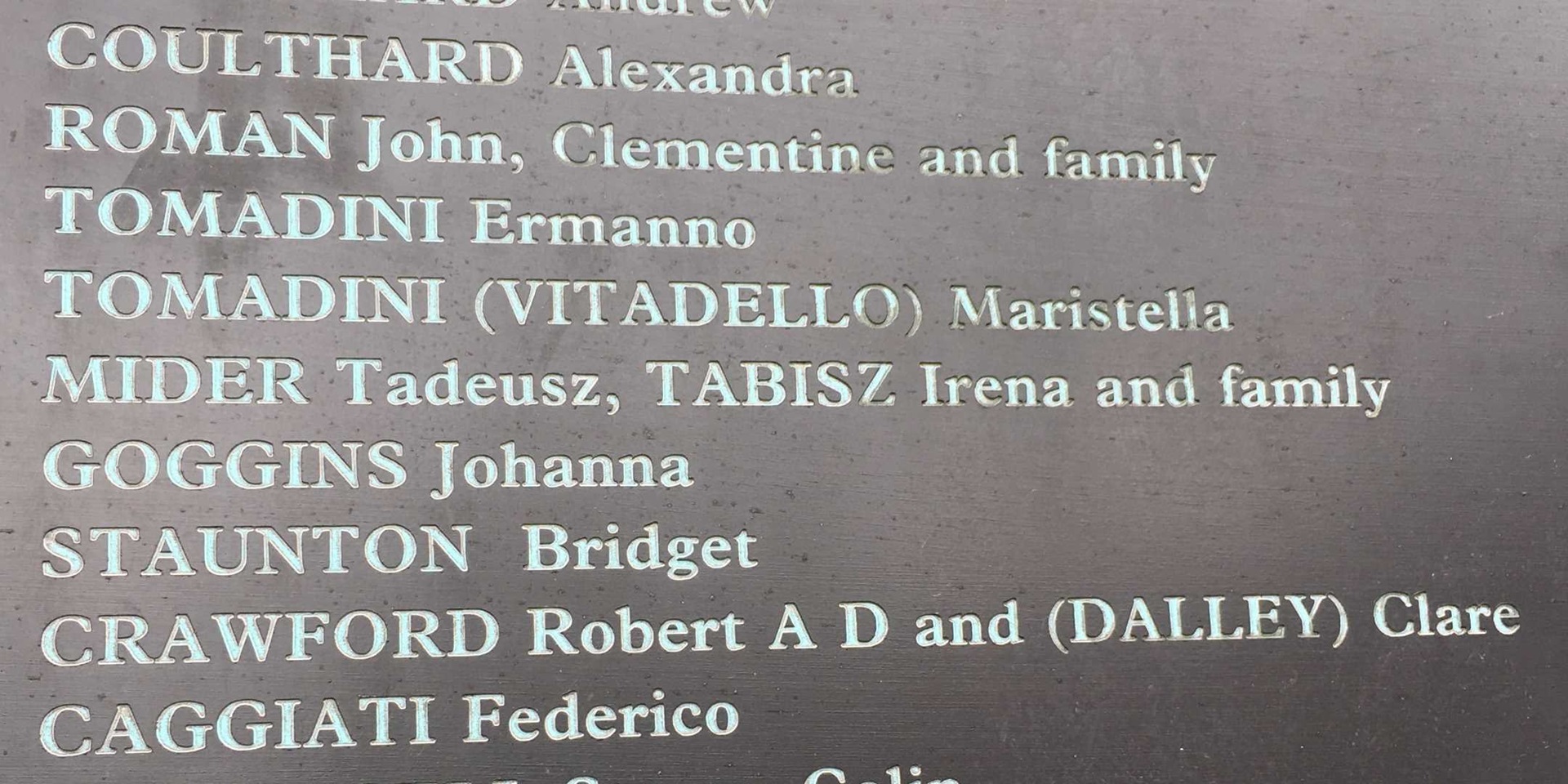
Recently I had the opportunity to visit the very moving EPIC The Irish Emigration Museum in Dublin’s Docklands. The museum explores the stories of the 10 million emigrants who left Irish shores for a new life, for reasons ranging from transportation and famine to religious and social persecution.
Today some 80 million people worldwide claim Irish ancestry, including an estimated seven million Australians. As it’s St Patrick’s Day, I thought it was timely to look at the story of the destitute Irish orphans who arrived in Australia 170 years ago at the height of the Great Famine (an Gorta Mór).
The Irish Famine: scene at the gate of a workhouse, c 1846.
The Famine Orphan Scheme
Between 1848 and 1850, more than 4,000 young Irish women were resettled in the Australian colonies through the Famine Orphan Scheme. The women, aged 14 to 20, had been orphaned by the famine and were recruited from workhouses across the 32 counties of Ireland. The scheme was devised by Earl Grey, Secretary of State for the Colonies, to relieve overcrowding in the Irish workhouses and to meet the demand for domestic labourers and single young women in the colonies.
Under the scheme, a total of 4,114 Irish orphans arrived on 20 ships over a two-year period.
The first Irish orphans arrived in Sydney on Earl Grey in October 1848. Many more followed, entering into domestic service and eventually marrying, raising families and settling into colonial society. Today some of their names are inscribed on the museum’s Welcome Wall, as well as the Irish Famine Memorial at Hyde Park Barracks, providing a tangible reminder of a courageous group of young female immigrants whose personal stories might otherwise have faded into the unknown.
Mary Ann Duddy
Mary Ann Duddy (1832–1870) arrived in Sydney on Digby 170 years ago this April. She entered a workhouse in Galway after the death of her parents, William and Bridget. Mary Ann could not read or write and she had no relatives in the colonies.
After her arrival in April 1849, Mary Ann worked for Mrs Laycock at Heathfield, near Liverpool in New South Wales. In 1850, she married Robert Sindel and they had 11 children, eight of whom survived to adulthood. The family lived in Goulburn and then Queanbeyan, where they ran a large general store. Mary Ann died at the family’s store in 1870, aged 37, and was buried at the Wesleyan cemetery in Queanbeyan.
Mary McDonough
Like Mary Ann Duddy, Mary McDonough could not read or write. She came from the Kilrush workhouse in County Clare and arrived in Port Phillip on Pemberton in May 1849, aged about 15 or 16. Mary spent a year working for the baker James Brindon in Swanston Street, Melbourne, before marrying James Rogers at Burnbank (now Lexton, Victoria) in 1850. Mary had 12 children and died in 1882.
Johanna Goggins
Under the Earl Grey scheme, a total of 4,114 Irish orphans arrived on 20 ships over a two-year period. The scheme was ultimately short-lived due to growing anti-Irish, anti-Catholic sentiment in the colony, where the female orphans were condemned as immoral, unskilled ‘workhouse sweepings’. The last group arrived in Sydney on Tippoo Saib in July 1850.
Among them was 17-year-old Johanna Goggins from Lorrha, Tipperary. Both her parents, Edmond and Bridget, were dead and she had no relatives in the colony. She could read and write, and was employed as a domestic by Daniel Tierney of Princes Street, Sydney. Johanna married Henry Barnett in 1852. She gave birth to a daughter, Mary Ann, and was pregnant with her second child when her husband died. In 1854 Johanna married Thomas Nelson Rose and then gave birth to a son named Henry Barnett Rose. Johanna and Thomas had five more children between 1856 and 1865. The family lived at Gerringong, Tasmania, Brisbane and Stanthorpe. Johanna died in 1906, aged 72, and was buried at Toowong Cemetery in Brisbane.
Her story is one of many pioneering Irish women’s narratives recorded on the Welcome Wall, ensuring the hardships of famine, displacement and the great Irish diaspora are never forgotten.
